This spring I had the opportunity to attend the Bologna Children’s Book Fair along with 12 graduate students and their instructor, ALSC Past President and former Butler Children’s Literature Center Curator Thom Barthelmess. As the current Curator, I was eager to not only travel with such fun, smart, and like-minded colleagues, but to learn what children’s literature looks like around the world, and how the world sees us these days. The upshot? They like our books. Our politics, not so much.

Welcome to the Bologna Children’s Book Fair!
While I was traveling on Dominican’s dime with support from the Butler Family Foundation, this trip also posed an opportunity for me, as ALSC Fiscal Officer, to learn firsthand about the impact, if any, of ALSC’s book and media awards internationally.

Buying and selling rights to publish children’s books in other countries and other languages is the primary business of the Fair.
The first thing I learned should have been obvious: In addition to the vast market at Bologna for buying and selling rights to translate books to and from various languages and to publish them in other countries, there is a vibrant market and interest in original illustration. I saw three exhibits: the annual juried Bologna Illustrators Exhibition (featuring only one American illustrator this time, YooHee Joon); “Artists and Masterpieces of Illustration: 50 Illustrators Exhibit 1967-2016,” a special exhibit commemorating the 50th anniversary of the annual one; and one featuring art from wordless picture books (the accepted term overseas is “silent books”). Beyond these exhibits, illustrators also promote their work directly to publishers here: the market for text is a translation one, so it’s not a place for authors to pitch manuscripts, it’s a more open opportunity for art.

High energy in the international bookstore booth itself
A fascinating debate broke out on a panel discussion about the 50th anniversary exhibit. Panelist Leonard Marcus noted the positive development of an “international visual vocabulary” that has made it increasingly difficult to pigeonhole a book’s country of origin; Etienne Delessert countered that it’s still quite easy to identify an American picture book, at least (not necessarily a compliment). This reminded me of the ALSC Board’s decision a few years ago to maintain ALSC award eligibility for books originally published in the United States and by a U.S. citizen or resident, that “reaffirmed the importance of identifying and rewarding authentic and unique American children’s literature, in keeping with award founder Frederic Melcher’s original intent for these awards.” (Foote, The Newbery and Caldecott Awards: A Guide to the Medal and Honor Books, 2010 edition).

Leonard Marcus speaking on a panel discussion about the “50 Illustrators Exhibit 1967-2016”

Note the array of awards listed on the sign outside the international bookstore booth: Only one ALA/ALSC award seems to have any play here.
These storied ALSC awards that have been around for decades are sacred in our association and well-known in the United States, but what do people overseas know, or think, about them?
While our awards don’t have nearly the impact on the business of publishing outside the United States as they do stateside, high international interest in illustration seems paralleled by interest in the Caldecott Medal, if not the others. This observation is supported by the ALSC office, which reports infrequent queries about seal use from international publishers, almost all about the Caldecott. U.S. publishers with whom I spoke indicated they’re never asked about awards or seals. However, I noticed many books that were published in other countries and languages were in fact ALSC award winners, even though they did not bear the award seal. This could mean overseas publishers recognize our awards as arbiters of quality and are therefore more likely to buy books that win, seal or no seal; or that they might want seals for book promotion purposes but don’t know how to procure them.
Click to view slideshow.
There is certainly an upside to promoting seal use internationally to raise the international profile of ALA, ALSC, and our media awards. Challenges include the need for publishers in other countries to respect U.S. trademark law (our seal images are ALA’s intellectual property); the need for an acknowledgement printed on the book that the non-U.S. edition is not the exact one evaluated by the committee; and the desire of some overseas publishers to work wording in their own language into the seal image itself. ALSC works hard to protect the integrity and reputation of these awards that have stood us in such good stead over the past 80 or so years, so we’ll continue to carefully shepherd appropriate seal use while encouraging its worldwide adoption to the extent we can.
(All pictures courtesy of Guest Blogger)
*****************************************************************
Our guest blogger is Diane Foote. Diane is assistant dean and curator of the Butler Children’s Literature Center at Dominican University GSLIS in River Forest, Illinois, and the ALSC Fiscal Officer. She can be reached at [email protected].
Please note that as a guest post, the views expressed here do not represent the official position of ALA or ALSC.
If you’d like to write a guest post for the ALSC Blog, please contact Mary Voors, ALSC Blog manager, at [email protected].
The post ALSC Awards Overseas: A View from the Bologna Children’s Book Fair appeared first on ALSC Blog.

 Constanze is an award-winning, German based illustrator and author. She has a wide variety of clients in the illustration industry, including publishing houses, magazines, newspapers and design companies.
Constanze is an award-winning, German based illustrator and author. She has a wide variety of clients in the illustration industry, including publishing houses, magazines, newspapers and design companies.
Her work has been published and exhibited in Germany, the USA, the UK, Korea, France, Italy, Japan, Canada, Denmark, Switzerland, Ireland, China, the Netherlands and Spain.
In 2010 her illustrations have been selected for the Illustrator’s Exhibition at the Bologna Children’s Book Fair and the exhibition of the cj Book Prize in South Korea. In 2011 one of her books won a bronze medal, another illustration a gold medal in the 3×3 children’s competition.
In 2012 her book “Semeli’s Smile” got the National Cyprus Book Award.
Here is Constanze explaining her process:

I start with a sketch of the illustration on a thick structured paper, but I don’t think it’s specific acrylic paper.

Then I use acrylic paint to lay down the under painting. Depending on the work I use a different underground color, if I want the color to be bright and intense, I usually go with yellow/ ochre as the background color, if I want the work to be in muted colors, I use ochre, white and lilac. If you have this kind of underground color, it always shines through and pulls together the piece. you don’t have a pure green, red and yellow next to each other, but they will be slightly influenced by the background and will belong to the same color family.

Then I transfer the sketch on top.

And start working on basic colors.

Then I start putting in Details and coloring smaller areas using acrylic and color pencil.

Then I start making digital changes.

Till I get to the finished piece.

English Translation: I’m the Best – written and illustrated by Constanze von Kitzing. Here are a few additional book covers illustrated by Constanze.

English Translation: Kitten and the Snow.

English Translation: Penguin Ice – written and illustrated by Constanze.
 Semeli’s Smile won the National Cyprus Book Award.
Semeli’s Smile won the National Cyprus Book Award.

How long have you been illustrating?
I finished university in 2007, and have been illustrating ever since. But I was drawing my entire life, starting off with princesses and horses.

Did you go to college to study art?
I did study communication design and then changed to illustration.

What types of classes did you take?
Illustration, writing, photography, typography, graphic design, painting…

What was the first piece of art that you sold?
When I was 16 or so I designed a poster for a basketball game and the boyfriend of my arts teacher liked it so much that he actually bought it. Now I frequently sell my original works that I created for children’s books.

Have you seen your style change since when you first started?
Of course. You start off somewhere and change and change… I think I’m still developing, it would be sad to get stuck somewhere, I think.

How many picture books have you published?
Eighteen so far.

What book was your first? When was that?
My very first picture book was published in 2009 by La Joie de Lire in France. It’s called “Cache-Cache” and is a book about a little lion that tries to catch other animals, but they always hide from him. So it’s a playful book about camouflage.

How did the contract come about?
In university we regularly visited book fairs and it was when I attended the Bologna Book Fair that I showed the project to different publishers. Some were interested and in the end I went with the publisher I liked most. I had to rework the entire book though, as they didn’t like my fist character, but there’s a lot you would do to get your first book published, right!?

I see that you are represented by The Organisart UK. Can you tell me a little bit about the agency and how you connected?
They actually approached me, they found me through an illustration friend that is represented by them and linked on my website, Violeta Dabija. I can’t tell you much about them, other than that we get along well and that I get jobs from the US and UK I think I would not have gotten in another way.


Do you ever sell your illustration work on your own?
Of course, most of my jobs I get myself, but they are mostly not (yet) in the US or UK.


Have most of your books been published in Germany?
No, actually not. Most of my books have been published in France with La Joie de Lire, some in Spain, in South Korea, in the Netherlands, the UK, in Cyprus… 3 books have been published in Germany and another one will be out in autumn this year, but I feel I’m just getting starting on the German market.

How is the children’s market for Illustrators in Germany?
It’s tough, as it is anywhere else. Every market is very different, that is challenging and exciting at the same time. In France and Spain, they are very open to artistic illustrations, in Germany I feel they are a little more conservative, but I get paid better. In the beginning I had a hard time to get started here, this is when I went for other countries and that was very successful.

Have you published picture books in English?
Only one, “Jack and the Beanstalk” with Oxford University Press, BUT I can proudly announce that my “Prayers for Children” is going to be published this spring in the US.

What is your favorite materials to use for your illustration?
Acrylic and Color Pencil.


Do you use Photoshop to clean up your illustrations or paint your illustrations?
To clean up.


Do you own a graphic tablet?
Yes, I can totally recommend it!


What are the names of some of the book publishers you have worked with?
Aga World (KR), Baha’i-Verlag (D), Bayard (F), Buro Extern (NL), Carlsen, Cornelsen, EEN Art (KR), Kalandraka (ES), La Joie de Lire (CH), Oxford University Press (UK), Sauerländer (D)


What type of things do you do to get your work seen?
Website, Book Fairs, Sending out cards… the usual…

How did your illustrations get picked for Illustrator’s Exhibition at the Bologna Children’s Book Fair?
I just send my illustrations there and was lucky I guess…


Did you attend Bologna Children’s Book Fair?
All the time, it’s the best!

Do you have a strong artist community where you live?
No, I used to live in Hamburg and there were MANY other illustrators, that was really nice. When I married I moved to Cologne, here are only a few (but still very nice and good) illustrators .

Do you have a studio in your home?
Yes.

Do you try to stick to a schedule everyday?
No, I just paint whenever there is time. I have a little daughter and I basically work around her sleeping hours.


I see that you have written and illustrated a number of your own books. How did that come about?
All of the books published with La Joie de Lire in France are self-written and illustrated. As it is quite hard to get published at first, I thought it might be easier with my own project, so I came up with the lion series (that also happened to be my diploma) and they liked it. So, whenever I have something now that I wrote myself, I present it to them and often times they liked and printed it.

So you write and spoeak several languages?
Just German and English, and a Little Bit of French, too.

So the publishers translate the books you send into their language?
Yes.


Have you been to the United States?
Yes, twice to NY just for fun and then to Minneapolis for a semester abroad.

Would you like to illustrate a US children’s book?
Of course!

What are your career goals?
Mh, good questions, I feel I just go along with whatever happens. I am teaching illustration and find that I really love that, so I want to continue with it. I love children’s book and want to illustrate more of those… So, I would love to continue doing what I’m doing basically…

What are you working on now?
Right now I’m working on another project that I wrote, but of course, it’s still top secret! J Besides that I just finished a cover and Poem-Spread for Babybug Magazine and have a request for a children’s theater poster.

Are there any painting tips (materials, etc.) you can share that work well for you? Technique tips?
Not really, all I can say that it takes a lot of time to develop your style and that would be my crucial advice: take your time and work hard!!!! J

How do you send your finished artwork into the publishers?
For jobs for magazines, I scan the work myself and then do digital corrections, for books, I usually keep painting until everyone is happy and then the publisher does the scanning. sometimes, there are still corrections that need to be done, and then either me or the in house graphic designer does it.

Is there anything that you do that identifies your style or work?
In a lot of images, I let the background be and this has become a kind of trade mark, something that helps others recognize my work.


Any words of wisdom you can share with the illustrators who are trying to develop their career?
Do what you love, believe in yourself, work hard, have fun, help other illustrators, know your rights…

Thank you Constanze for sharing your illustrations, books, and your process. Absolutely loved showing off all your illustrations. Please let us know when you have a new book or success. I do hope I will be able to buy one of your books here in the US, soon.
If you would like to visit Constanze you can find her at: www.constanzevonkitzing.de/ Please take a minute to leave Constanze a comment. I am sure she would love to hear from you. Thanks!
Talk tomorrow,
Kathy
Filed under:
authors and illustrators,
illustrating,
Illustrator's Saturday,
inspiration,
Interview,
picture books,
Process Tagged:
Bologna Children's Book Fair,
Constanze von Kitzing,
The Organisart UK 


Want to see what children’s book illustrators are doing around the world?
As I mentioned in my last post, illustration is the main course of the Bologna fair’s visual feast. Here’s where you see, more than ever, that a great cover is a book’s best friend. The photo above is from the posting wall at the Fair, where illustrators are invited to leave their cards in the hopes that they’ll be noticed.
Here is one of my favorites, from illustrator Daisy Hirst:

I love the fun, playful quality of her work.
In addition to the posting wall and the many booths of books, there’s a yearly exhibition of top talent and a spotlight on a “guest of honor” country—this year, Portugal. I was so inspired by the showcase winners and by so many other illustrators whose work was on display. Check out the exhibition artists here.
Some links to blogs by/ articles about my favorites from the exhibition:
Alejandra Barba of Mexico
Jo Suna of Korea
Fereshteh Najafe of Iran
Anja Reiger of Germany (Berlin)
Katrin Stangl of Germany
Gerry Turley of England
Just as when I went to the Frankfurt Book Fair, I was struck by how many different styles of artwork there are across world markets. There’s so much exciting stuff going on in Spain, Korea, Holland, Iran, you name it.
I’d love to see some American publishers translate some of these books and/ or work with some of these illustrators. Most foreign book rights sales go the other way (English into other languages) but we’re really missing out on some fabulous stuff.
American publisher Front Street, back in the day, brought Dutch and French titles to the US market (A Day, A Dog, The Yellow Balloon, Little Bird’s ABC —all of which I love). But since Front Street’s passing, somebody needs to take up the torch. Is there a publisher out there doing this that I just don’t know about?
It was also interesting to talk to some European illustrators about where their work fits in best. One I spoke to had been told her work would sell best in Eastern Europe. Another had been told his would do better in Latin America or Asia. I’d love to see a map of what kind of illustration fits where.
Would you like to see more international books brought to the US market? There’s some dispute that Americans just don&rsquo









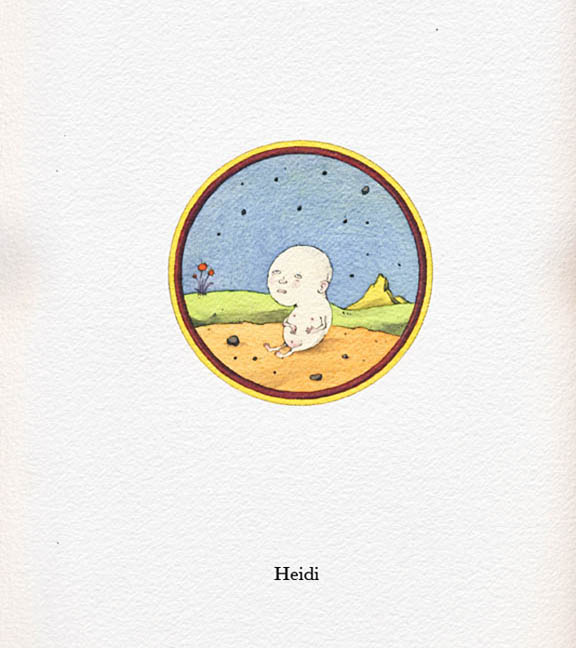
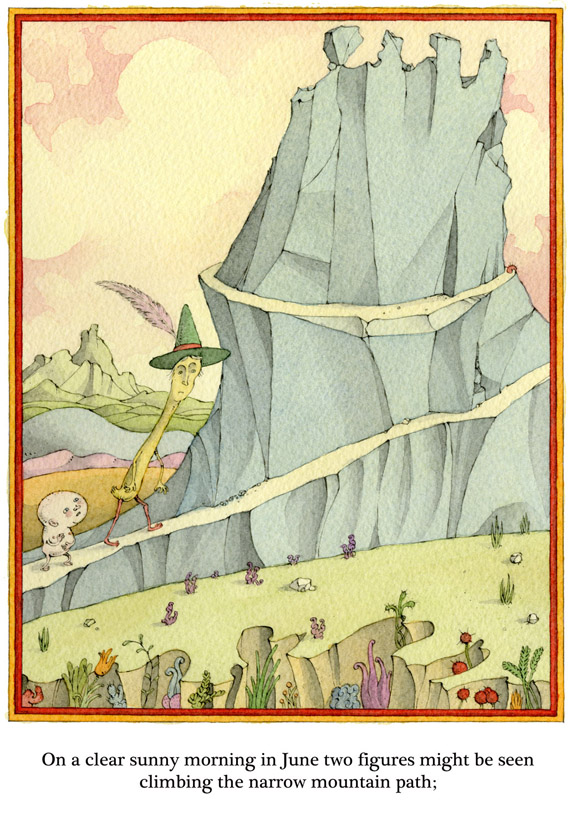
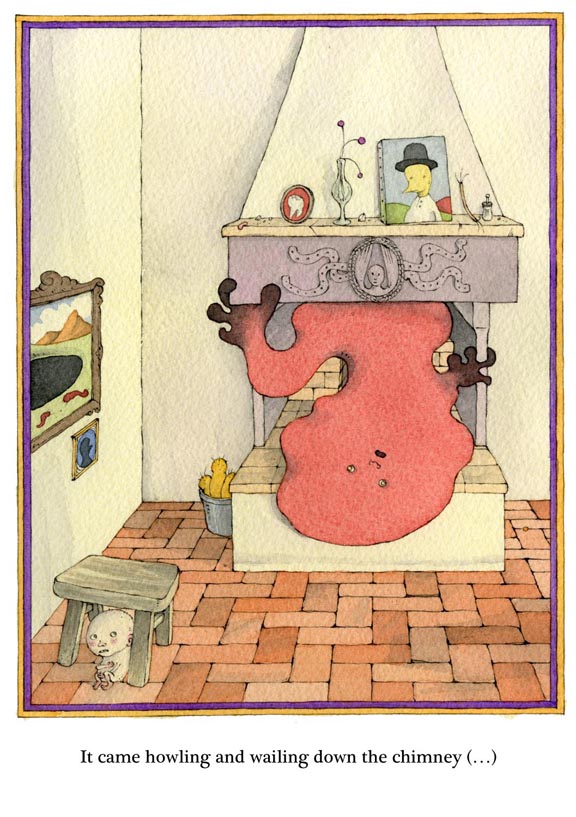

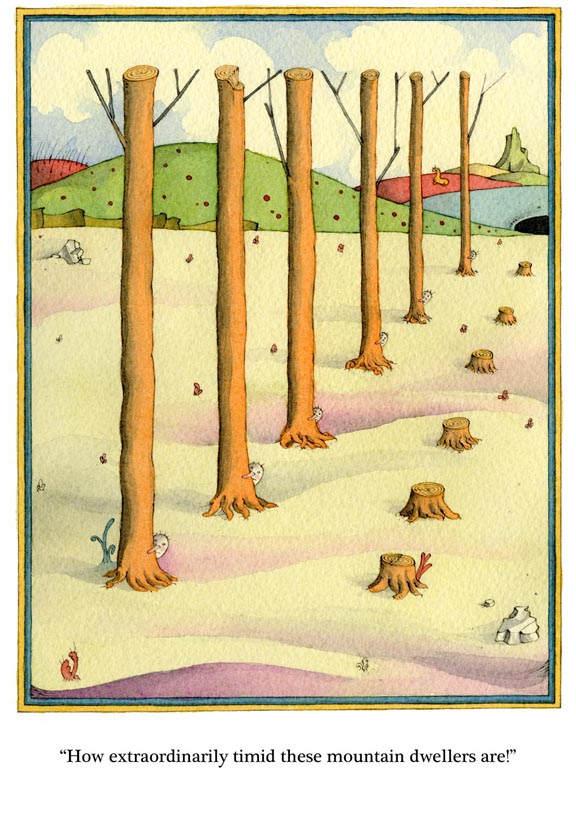
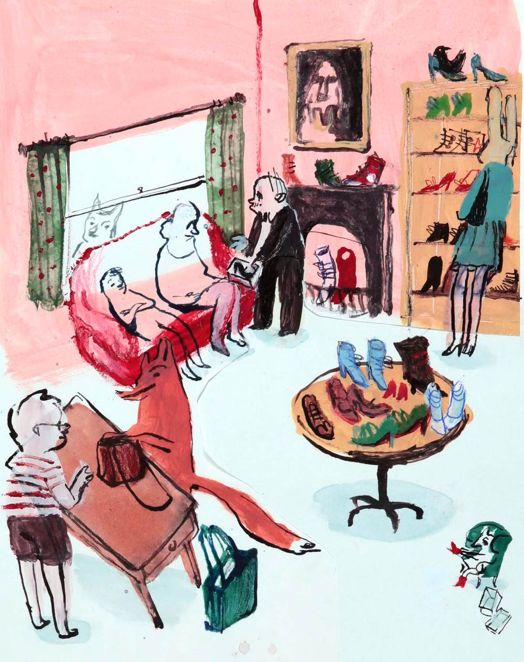
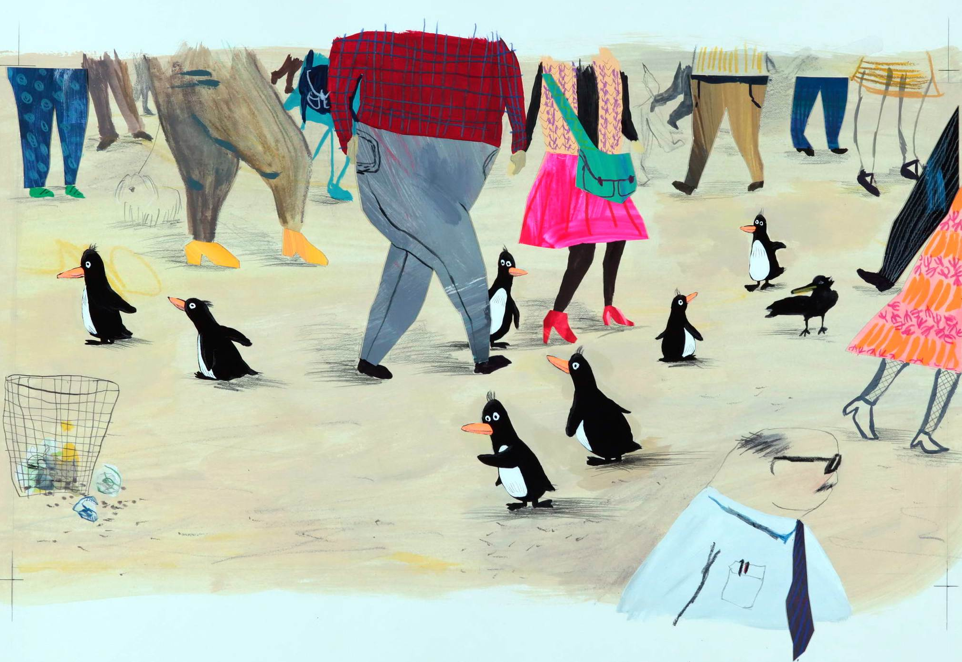
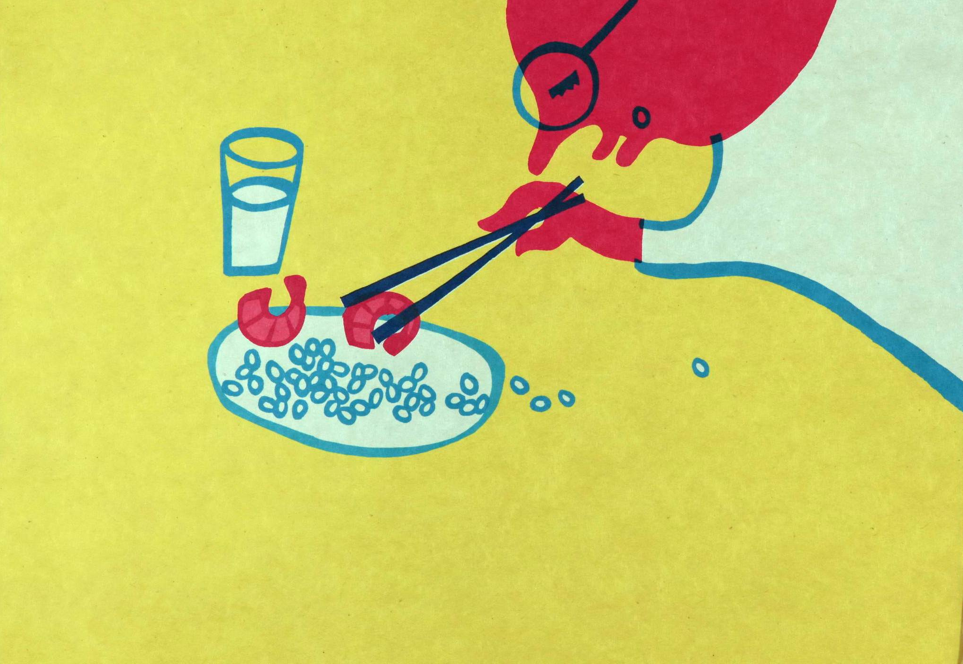
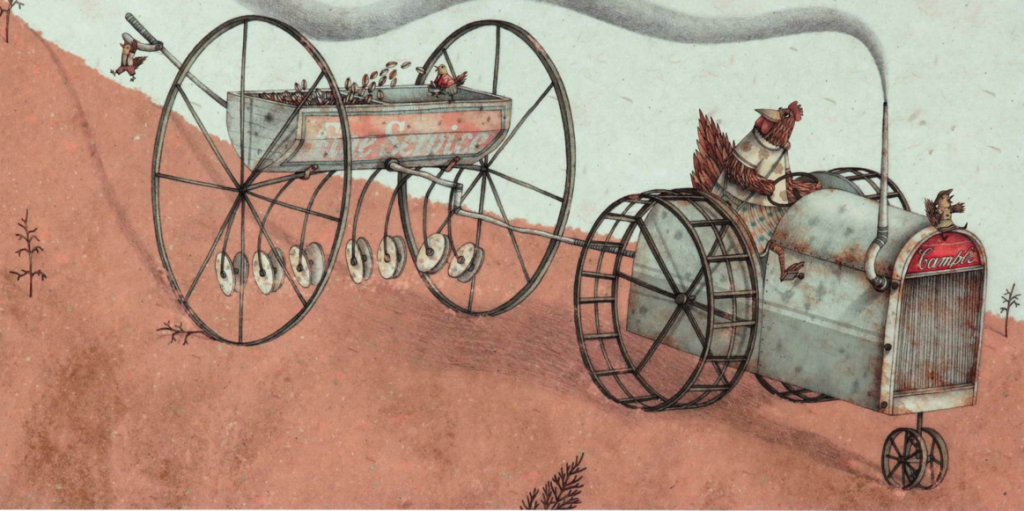
 According to editor Tamra Tuller at Chronicle Books, her company has won the BOLOGNA PRIZE FOR THE BEST CHILDREN’S PUBLISHER OF THE YEAR. It was announced in Bologna at the Ceremony organized to celebrate the 50th Anniversary of the Fair.
According to editor Tamra Tuller at Chronicle Books, her company has won the BOLOGNA PRIZE FOR THE BEST CHILDREN’S PUBLISHER OF THE YEAR. It was announced in Bologna at the Ceremony organized to celebrate the 50th Anniversary of the Fair.
 Constanze is an award-winning, German based illustrator and author. She has a wide variety of clients in the illustration industry, including publishing houses, magazines, newspapers and design companies.
Constanze is an award-winning, German based illustrator and author. She has a wide variety of clients in the illustration industry, including publishing houses, magazines, newspapers and design companies. 









 Semeli’s Smile won the National Cyprus Book Award.
Semeli’s Smile won the National Cyprus Book Award.















































 Our bags are packed and in a few hours both Marjorie and I will be flying to Italy to attend the
Our bags are packed and in a few hours both Marjorie and I will be flying to Italy to attend the 






 As we countdown the final days to the 2010 Bologna Children’s Book Fair, be sure to read Diane Roback’s recent article entitled “
As we countdown the final days to the 2010 Bologna Children’s Book Fair, be sure to read Diane Roback’s recent article entitled “
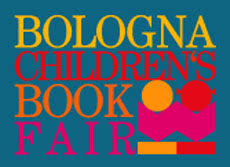





Oh, wow! How wonderful! That’s HUGE! Congrats to Tamra and all of Chronicle!
That’s HUGE! Congrats to Tamra and all of Chronicle!  Yay! *confetti falling*
Yay! *confetti falling*